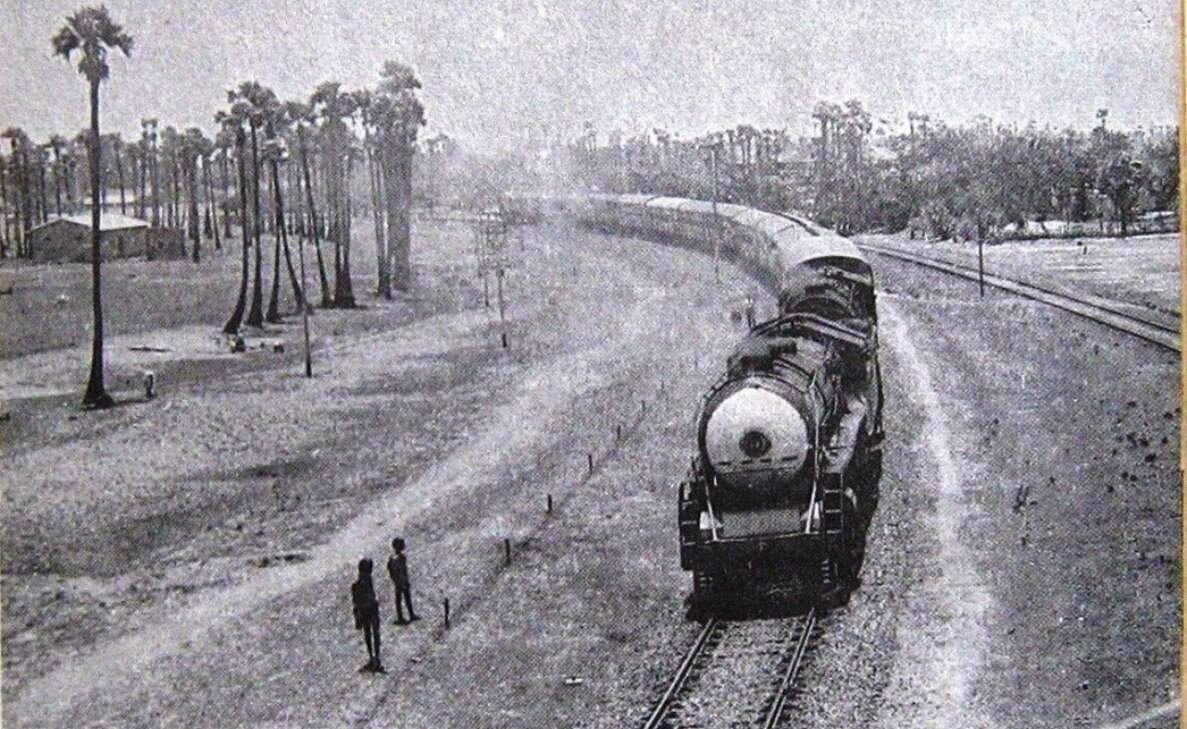

Image Credits: INTACH historian Edward Paul
It’s official: the South Coast Railway zone headquarters will soon become a reality in Visakhapatnam. According to the latest update, Railway Minister Ashwini Vaishnaw himself has confirmed the invitation of tenders to build the office. With such futuristic changes taking place in Vizag’s railway network, it is only fitting to reminisce on where it all started! Here are five interesting facts about railway heritage in Visakhapatnam you should know:
India’s railway story began in 1853, with the Great Indian Peninsular Railway (GIPR) running its first passenger train between Bombay and Thane. While many regions rapidly developed rail connectivity, the eastern coastline, including Visakhapatnam, remained untouched until the late 19th century. However, the city’s strategic location and the East India Company’s dependence on its port catalyzed the establishment of railways in Vizagapatnam.
The campaign to connect Visakhapatnam by rail witnessed the contributions of several visionaries:
Despite these efforts, funding challenges delayed the project, with surveys only beginning in the late 19th century.
The East Coast Railway established three stations in the city—Waltair, Vizagapatnam (later Visakhapatnam Town), and Harbour Wharf:
Waltair Station served as a suburban stop, catering to the elite who had settled in Waltair’s cooler highlands since 1727. Despite its name, the station was 4–5 km from the Waltair suburb.
Vizagapatnam Station, situated in Old Town near Lakshmi Talkies, catered to passenger and goods traffic but was eventually abandoned for passenger services in 1973.
Harbour Wharf Station, originally for goods traffic, was relocated to the inner harbour and is now managed by the Visakhapatnam Port Trust.
The historic day was 8 August 1893, when the first East Coast State Railway Company train arrived in Vizagapatnam, marking the opening of Waltair Station. This event was celebrated with free train rides to Anakapalle, courtesy of Rajah Goday Gajapathi Rao, and festivities at the Vizag Police Grounds.
The arrival of the railway heralded Vizag’s Industrial Revolution, transforming the cityscape with new infrastructure, including roads, an inner harbour, automobiles, Andhra University, the Indian Navy, and more. The “Railu Bandi” became an integral part of the local lexicon, symbolizing progress and connectivity.
In the early days, a shuttle service, fondly called the “Duplicate,” operated between Waltair Station and Vizagapatnam Town Station, ferrying passengers with just one or two coaches. This service, while primarily for out-of-town travellers, also became a convenient mode of transport for locals near Waltair Station.
The introduction of railways influenced Visakhapatnam’s geography and demographics. Vast tracts of land were acquired for tracks, workshops, quarters, and officer bungalows, leading to the relocation of villages like Dondaparthi and Tikkavanipalem.
Initially confined to Old Town and Waltair, the city expanded northwards with the railway’s advent. The construction of the harbour by the Bengal Nagpur Railway further accelerated this growth. By 1960, the establishment of the DBK Railway Headquarters attracted officials from various zones, increasing the city’s administrative prominence.
From its humble beginnings to its current role as a crucial trade and travel hub, these facts about the railway network in Visakhapatnam remind us of the city’s journey towards modernity. That said, we can’t wait for the next chapter to come with the new railway zone.
Stay tuned to Yo! Vizag website and Instagram for more heritage stories.
In the latest COVID-19 news, a new case has been reported in Vizag. A 14-year-old…
The South Coast Railway Zone (SCoR), headquartered in Visakhapatnam, has taken a significant step forward…
Thriller movies and series are one of the most-streamed genres worldwide. These media often build…
As part of the International Yoga Day celebrations scheduled for June 21 in Visakhapatnam, nearly…
When the city heat kicks in and the skies start teasing with sudden showers, this…
Coming-of-age films mean more than just the teen dramas we watch to entertain ourselves; it's…
Leave a Comment